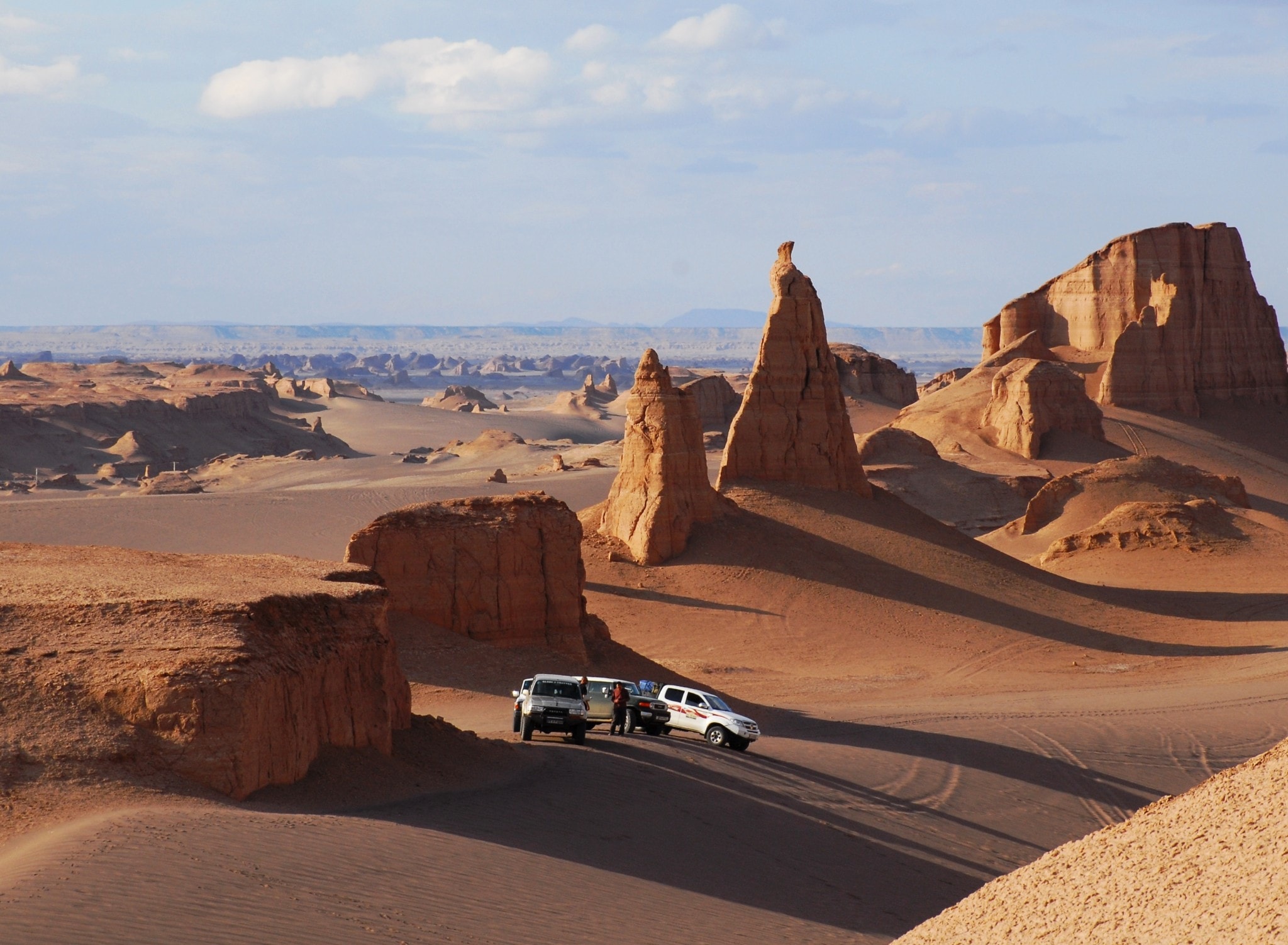


Measurements of MODIS (Moderate-Resolution Imaging Spectroradiometer) installed on NASA's Aqua satellite from 2003 to 2010 testify that the hottest land surface on Earth is located in Dasht-e Lut and land surface temperatures reach here 70.7 ☌ (159.3 ☏), though the air temperature is cooler.The precision of measurements is 0.5 K to 1 K. (Crustacea: Anostraca: Thamnocephalidae) species in Lut Desert (Schwentner et al., 2020). Recently researches found an endemic Phallocryptus fahimii sp. The southeast is a vast expanse of sand, like a Saharan erg, with dunes 300 metres (980 ft) high, among the tallest in the world. Lut Desert - 2020 Conservation Outlook Assessment study of biodiversity has been undertaken, the area does contain a sparse flora and fauna, including an interesting insect fauna.
#Lut desert series#
In contrast, the center has been sculpted by the wind into a series of parallel ridges and furrows, extending over 150 km (93 mi) and reaching 75 metres (246 ft) in height.This area is also riddled with ravines and sinkholes. The eastern part of Dasht-e Loot is a low plateau covered with salt flats. During the spring wet season, water briefly flows down from the Kerman mountains, but it soon dries up, leaving behind only rocks, sand, and salt. The area of the desert is about 51,800 square kilometres (20,000 sq mi). The other large basin is the Dasht-e Kavir. Dasht-e Loot is one of the largest of these desert basins, 480 kilometers (300 mi) long and 320 kilometers (200 mi) wide,and is considered to be one of the driest places on Earth. Iran's geography consists of a plateau surrounded by mountains and divided into drainage basins. As a result, the desert is largely an abiotic zone. In near-tropical deserts, elevated areas capture most precipitation. The patchy, elongated, light-colored feature in the foreground (parallel to the mountain range) is the northernmost of the Dasht dry lakes that stretch southward 300 kilometers (190 mi). Iran is climatically part of the Afro-Asian belt of deserts, which stretches from the Cape Verde islands off West Africa all the way to Mongolia near Beijing, China.


 0 kommentar(er)
0 kommentar(er)
